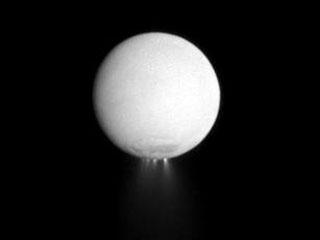
The image, taken by NASA's Cassini spacecraft in 2009, shows four distinct plumes of water ice spew out from the south polar region of Saturn's moon Enceladus. Light reflected off Saturn is illuminating the moon while the Sun, almost directly behind Enceladus, is backlighting the plumes. An ESA photo
PARIS (BNS): Solving over a decades-old mystery, scientists claim to have traced the source of water on Saturn’s upper atmosphere.
It’s Saturn’s moon Enceladus that is “spraying” water over its parent planet.
Using data from ESA’s Herschel spacecraft, a team of researchers has found that water expelled from Enceladus forms a giant torus of water vapour around Saturn.
The moon expels around 250 kg of water vapour every second, through a collection of jets from its south polar region known as the ‘Tiger Stripes’ because of their distinctive surface markings.
This process forms a doughnut-shaped torus of vapour surrounding the ringed planet. The total width of the torus is more than 10 times the radius of Saturn, yet it is only about one Saturn radius thick.
Enceladus orbits Saturn at a distance of about four Saturn radii, replenishing the torus with its jets of water.
While scientists knew about the existence of traces of gaseous water in Saturn’s deeper layers and presence of water in its upper atmosphere, its source was not yet known.
Computer models of the latest observations show that about 3-5% of the water expelled by Enceladus ends up falling into Saturn.
The discovery has also established Enceladus as the only moon in the Solar System known to influence the chemical composition of its parent planet.
“There is no analogy to this behaviour on Earth,” says Paul Hartogh, Max-Planck-Institut für Sonnensystemforschung, Katlenburg-Lindau, Germany, who led the collaboration on the analysis of these results.
“No significant quantities of water enter our atmosphere from space. This is unique to Saturn,” says the scientist.
Although most of the water from Enceladus is lost into space, freezes on the rings or perhaps falls onto Saturn’s other moons, the small fraction that does fall into the planet is sufficient to explain the water observed in the planet’s upper atmosphere.
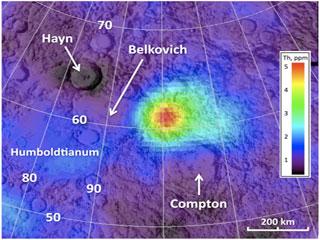 Previous Article
Previous Article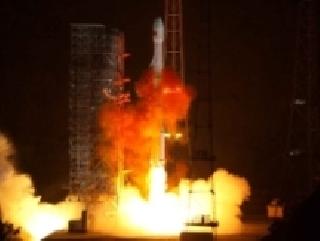 Next Article
Next Article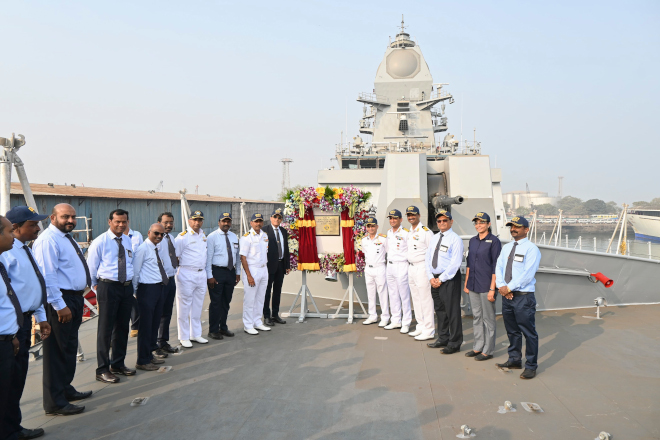
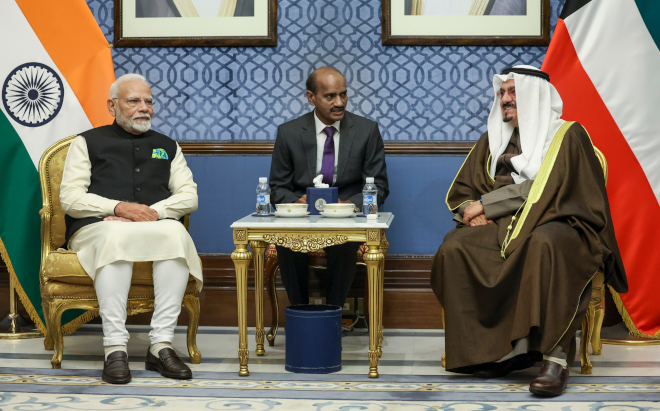




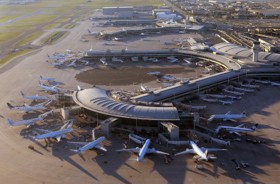







The Indian Air Force, in its flight trials evaluation report submitted before the Defence Ministry l..
view articleAn insight into the Medium Multi-Role Combat Aircraft competition...
view articleSky enthusiasts can now spot the International Space Station (ISS) commanded by Indian-American astr..
view article